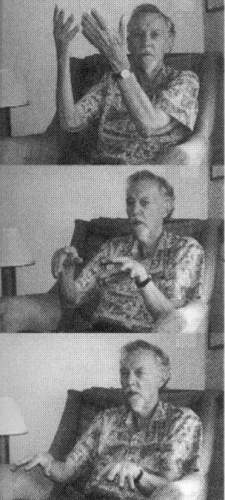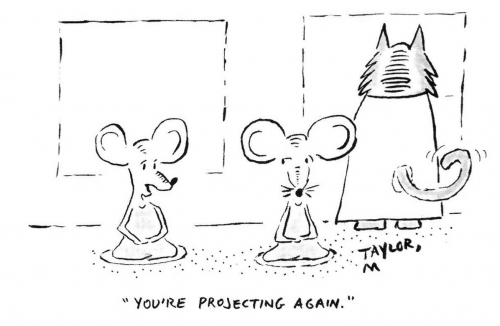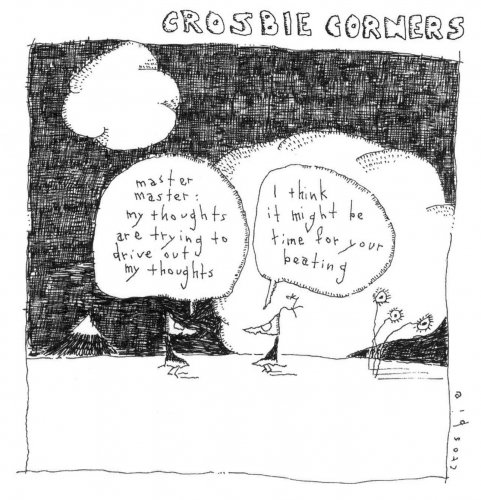Another Brick in the Wall

I would like to respond to one point made by Aitkin Roshi in the article “Buddhism Without Walls.” It is the question of what we may wish to retain in the West of Japanese monasticism.
I agree that there is much about Japanese monastic training that we would not wish to bring to bear on the West: heavy institutional politics, hypocrisy, sexual inequality, and sadism, to name a few things. And to be sure, we may easily go wrong with our immature attempts to structure monastic environments: forming cultish dependency on an insular group, abusing power because we don’t understand how the lines of seniority relate to responsibility, wasting away in isolation and destitution, losing the fundamental points of Buddhism.
However, I can think of no more realistic way to live in mendicancy and simplicity and so learn fundamental principles of our relationship to the physical world, our interdependence. Certainly this is one way to learn and practice the ecological responsibility Aitkin Roshi identifies as “a most pressing concern.” Social action can then include in its definition our care for the common things around us. We may learn in a monastery to be completely attentive to the actions of others and so develop a deeply physical, nonverbal community. Here we can learn to appreciate a loyalty that balances our personal freedom.
Concepts aside, it is more efficient to turn on one stove than two dozen; it is more reasonable to boil one pot of water than twenty-four; it is better to wash our own bowls.
Janice Tolman
e-mail
I found the freshness of Aitken Roshi’s thinking truly inspiring. I admire his openness to new forms of Zen while immersing himself in the Chinese masters. Yet I was left puzzling over his rejection of monasticism. If all lay practitioners were as devoted as perservering as Aitken, I’d agree with his dismissal of monasticism. But he seems to be an exception. Perhaps for most of us, the monastery is still a valid hatchery.
Susan Millard
Atlanta, Georgia
Get Real
Was that story on Tibetan Buddhist deities and visualization meditation [“Real or Pretend”] a joke? a parody? a clue in some convoluted treasure hunt?
Surely nobody at Tricycle actually believed it? I know that no one at the largest-circulation Buddhist magazine would possibly be that gullible. Patricia Anderson’s fantastical visions at Karme-Choling in Vermont—they were a chapter in a children’s fairy tale—yes?
The author’s description of “floating bands of color” and full-color Tibetan Buddhist deities floating outside while she peeled potatoes and tried not to walk into walls was utter, utter nonsense.
In my twenty-two years as a Shambhala student I have visited Karme-Choling dozens of times, for weeks at a time. I feel I can say, with full authority and no fear of contradiction, that the very idea of exotic neon-toned deities popping up near the kitchen is ridiculous.
Everybody there knows that the only place the deities ever show up is in the women’s dorm in the basement—and even then, only after the floor has been freshly mopped.
Barbara Stewart
e-mail
Reading Tricycle since issue number one, what stands out is the mix of words of wisdom and deepest compassion swirling with those of anger and blame. So many of both writers and readers seem to be laying claim to the real Buddhism—which is always “mine” and most definitely not “yours.”
The title of Patricia Anderson’s article, “Real or Pretend,” suggests there is an essential difference between the two. I suggest that everything that arises to our sensing bodyminds as feelings, thoughts, and sensations is real, whether called intuition, fantasies, visualizations, night-and-day dreams, or “the hopes and fears of all the years.” For conflict inevitably flares up when I claim my reality is the real reality, and that your reality is “pretend.” And who is it that claims to know who is and who is not enlightened?
I enjoyed Anderson’s article immensely, and with that appreciation, comment on two statements: “. . . compassion is generated out of vulnerability” and “. . . Ganesh has seen fit to arise in front of my face, bestowing comfort in the midst of entanglement.” What I have seen is that our desire for comfort arises when we feel separated, alone, and frightened, that comfort is warmed-over fear, a very temporary “blanky” made of a hoped-for sense of being protected—from what? Emptiness, of course, and the revelation/reminder there is no one to be comforted—or killed.
Rumi said it all: I thought I knew who I was, but I was you.
Eric Leber
Kelseyville, California

On the Go
Thanks for your fascinating article by William S. Cobb concerning the game of “Go.” I now understand why the atom bomb blast in 1945 interrupted but did not thwart the completion of a Japanese title match of the game of “Go” in a Hiroshima suburb.
Basil Langton
Santa Monica, CA
Running on Emptiness
I greatly enjoyed your article on exercise and meditation [“Mind on the Run”]. I have exercised on a regular basis since age 13, and I began meditating in 1991. One thing that I found helpful is meditating after I exercise. After an hour-long strenuous workout, sitting in meditation is very appealing and productive. I have noticed that my mind wanders less, I don’t squirm on the cushion, and I have deeper meditations. Maybe it has something to do with the “endorphin rush,” or maybe I’m too fatigued to be bothered by the defilements!
Litzi Hartley
email

Making Contact
I was struck by the power of Tsoknyi Rinpoche’s words in the Spring issue [“Dissolving the Confusion”] and would love to know more about him. Specifically, where does he teach? If you know the monastery or center he is affiliated with, I would be grateful to know.
J. D. Kay
e-mail
Tsoknyi Rinpoche is the abbot of Ngedon Osel Ling in the Kathmandu Valley of Nepal, and of Gechak Gompa, one of the largest nunneries in Tibet. He is also the head of the Drukpa Heritage project, which works to preserve the literature of the Drukpa Kagyu Lineage. He can be reached through his publisher, Rangjung Yeshe Publications, athttp://home.earthlink.net/~ranjung/rypub/ryp-old.htm. —Ed.
Clarification
In an article in a recent issue of New Age, Clark Strand, who identifies himself as a former senior editor ofTricycle, writes that Tricycle has been denied permission to reprint the work of Trungpa Rinpoche, and that this became a standing policy following your publication of an article that people at Shambhala felt was unfair and slanderous to Trungpa. I am writing to ask if this is true, because among my own friends it has been assumed that the absence of Trungpa Rinpoche in Tricycle was your decision and was based on your biases and judgments. Can you please clarify?
T. Z. Madden
e-mail
Thank you for subscribing to Tricycle! As a nonprofit, we depend on readers like you to keep Buddhist teachings and practices widely available.